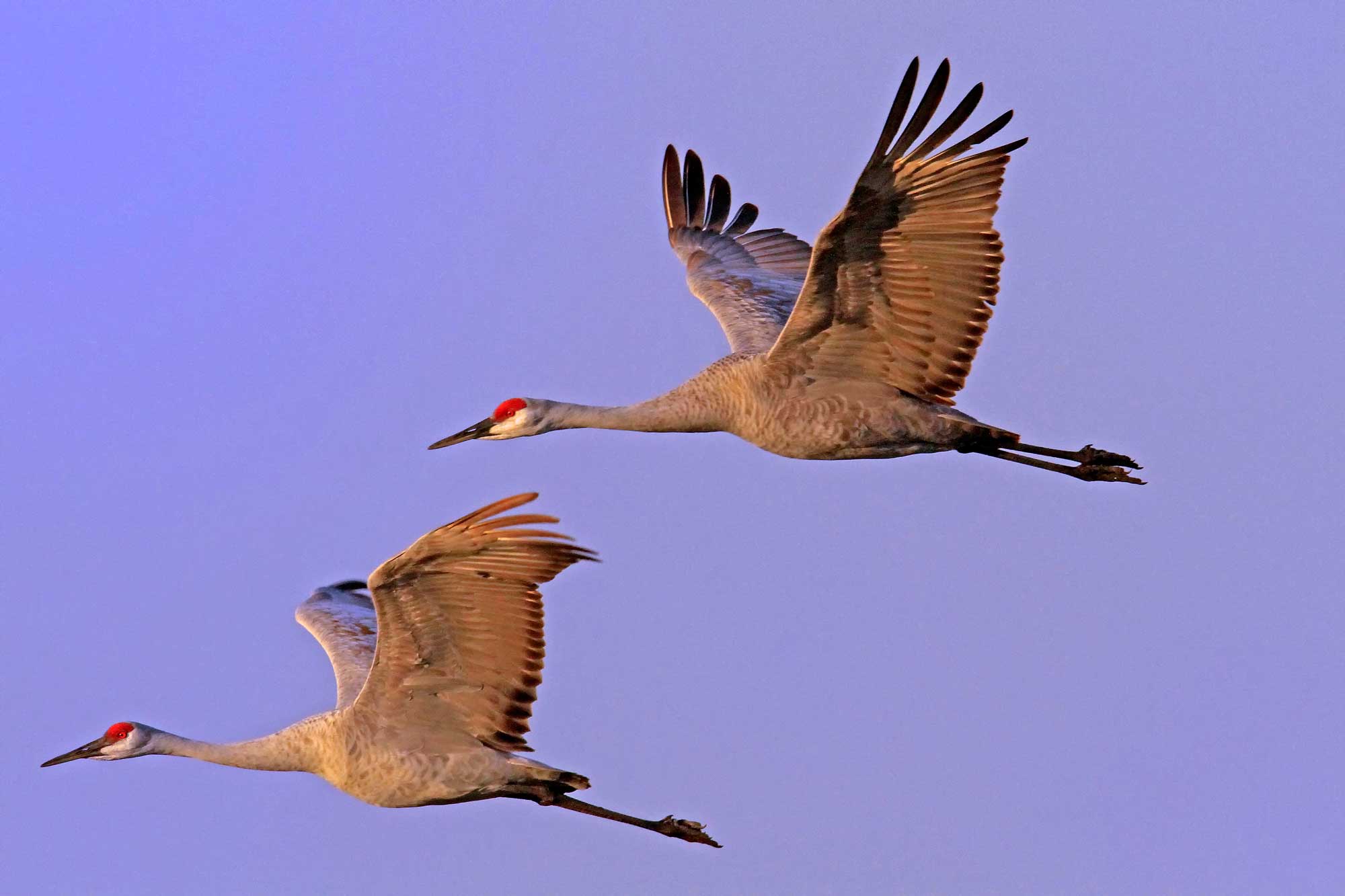Nature curiosity: How do migratory birds know where to go?

Migration is an impressive feat, with some birds traveling as many as thousands of miles twice a year, from their wintering grounds in the south to their breeding grounds in the north each spring and then making the return trip in the fall.
But what may be even more impressive than the distance traveled is how they know where to go. In fact, young birds on their first migratory journey are able to find their way to their wintering grounds without ever having been there before, according to Cornell Lab of Ornithology.
So how do birds know their path each year? Scientists don't fully understand how birds find their way, but they do know birds rely on many different senses during migration. For example, they are able to use the placement of the sun and the stars as a compass, and can also use the landmarks seen during daylight hours and the position of the setting sun to help guide them, Cornell Lab reports.
And at least some bird species also have a mineral called magnetite in their beaks, which may aid their navigational skills because it is highly sensitive to Earth's magnetic field, the Smithsonian reports. Research has also shown that birds have cells in their eyes that may help them actually see the magnetic field.
Many bird species, in particular cranes and waterfowl, follow the same migratory path year after year, using the same stopover points each time because of their ample food supply. Some smaller birds, however, follow different paths in the spring and fall, likely to take advantage of better food supplies and weather, according to Cornell Lab.
And although more than half of the 650 breeding bird species in North America migrate, not all birds make these long journeys every year. Some notable examples of year-round Illinois residents include black-capped chickadees, cardinals, blue jays and several types of woodpeckers, including downy, hairy and red-headed woodpeckers. And while we often think of birds leaving our area to go south for the winter, for some birds northern Illinois is their wintering grounds, having traveled from areas further north of our region. These include dark-eyed juncos, purple finches and several owl species, including snowy owls.
For birds that do migrate, it can be a dangerous journey. The physical demands of the trip are extreme and can exhaust the birds. Weather conditions and fluctuating food supplies also pose risks, Cornell Lab reports.
Building collisions are common among birds year-round — killing between 365 million and 988 million birds each year, according to the U.S. Fish and Wildlife Service. During migration, lighted buildings at night or during bad weather can confuse birds looking for a place to rest. These collisions can cause serious wing and beak injuries or even kill the birds. Although building collisions are thought to be an urban phenomenon, they occur everywhere, not just in large cities.
